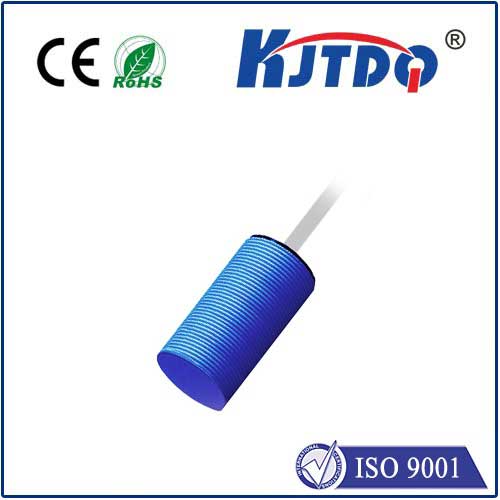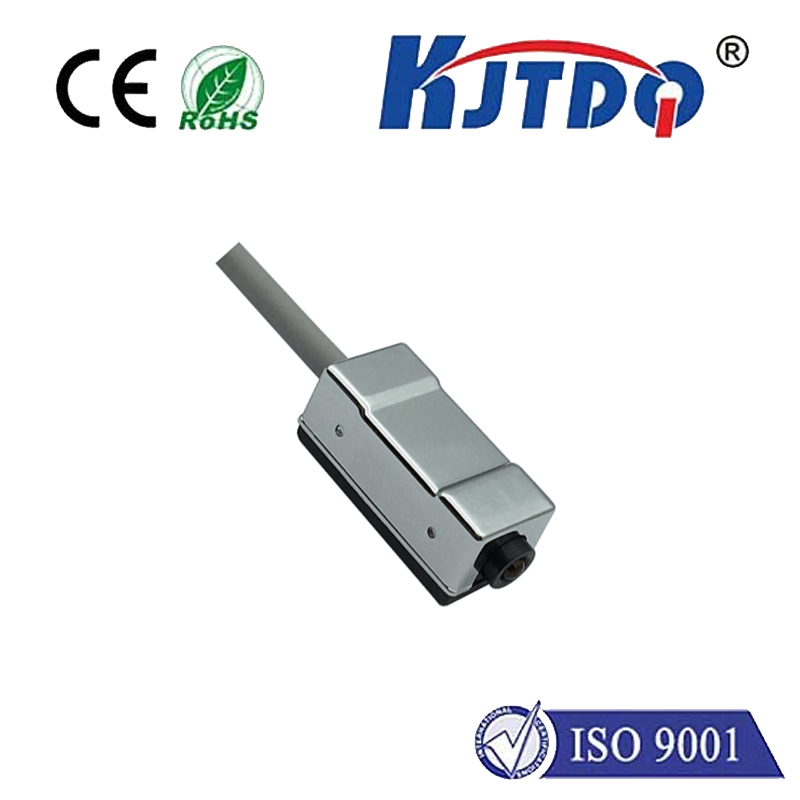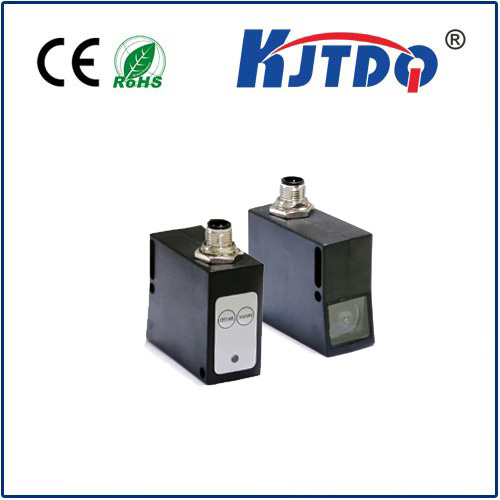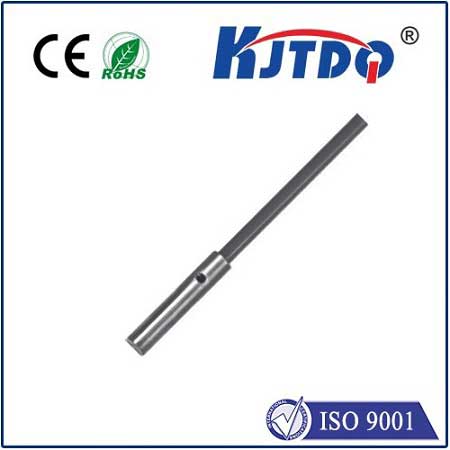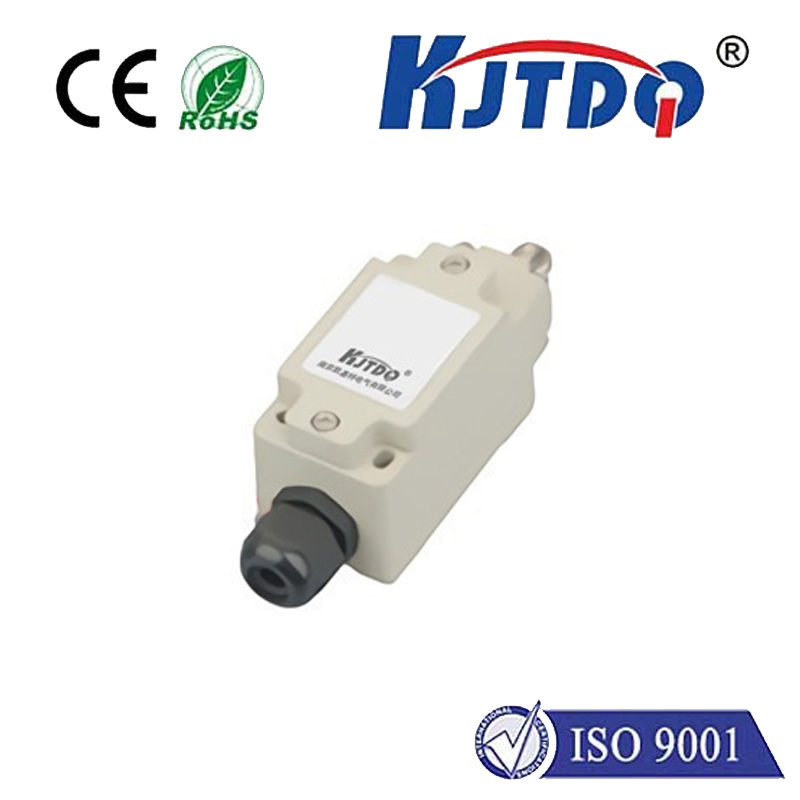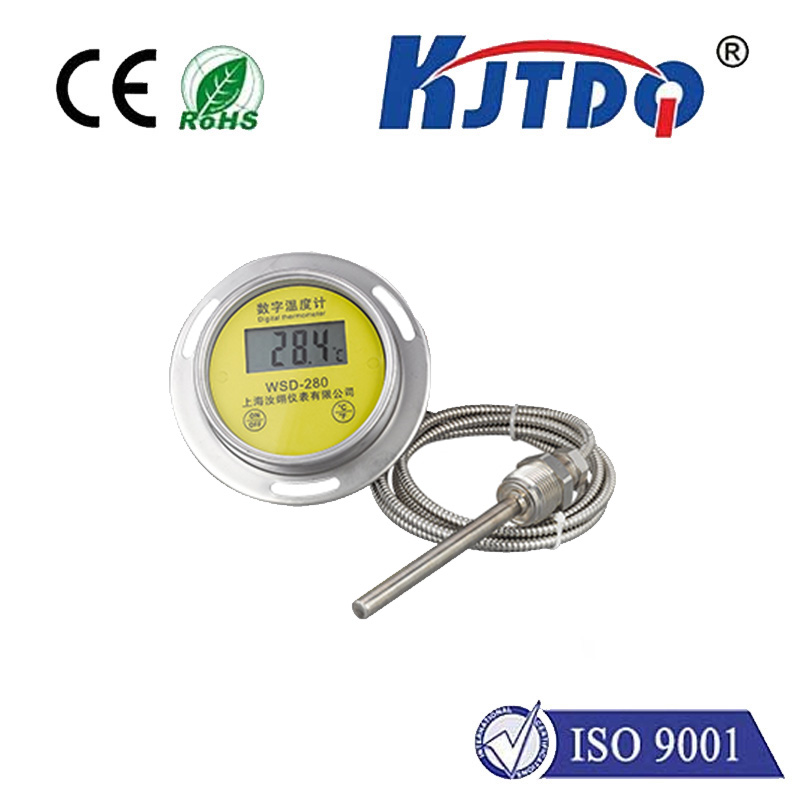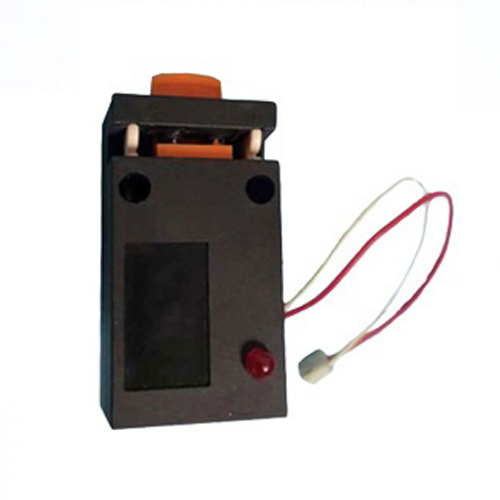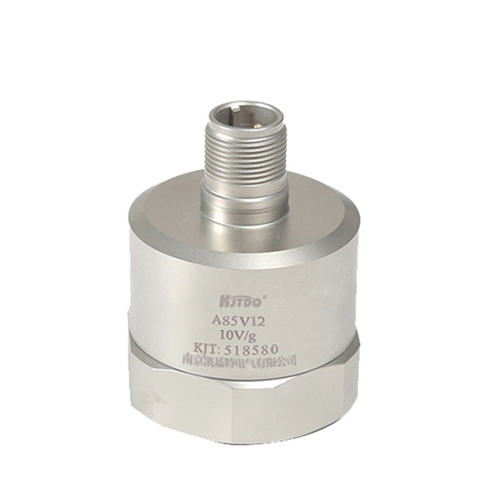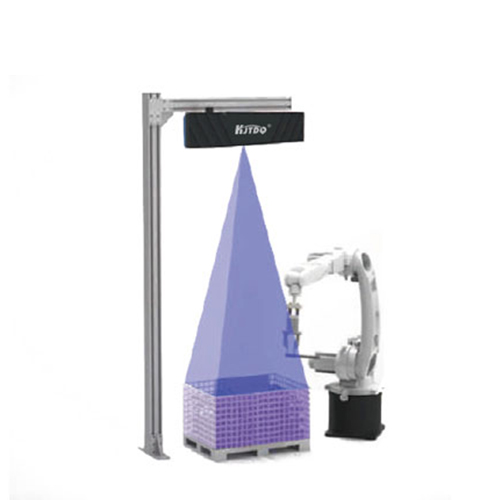

check

check

check

check

check

check

check

check

check

check
From ensuring the structural integrity of massive airplanes to monitoring subtle temperature shifts in sensitive chemical processes, the demand for highly accurate, reliable measurements is ever-present. Enter Extrinsic Fabry-Perot Interferometric (EFPI) sensors, a sophisticated class of fiber optic sensors harnessing the fundamental principles of light interference to deliver exceptional performance where conventional sensors falter. Understanding how EFPI technology unlocks this precision is key for engineers and researchers pushing measurement boundaries.
Unlike their intrinsic Fabry-Perot interferometer (IFPI) cousins where the optical cavity – the space where light waves interact – is formed entirely within the optical fiber itself, EFPI sensors have a defining characteristic: their cavity is extrinsic. This means the cavity exists between the polished end face of an optical fiber and an external, movable reflective surface. Light traveling down the fiber core strikes the initial fiber/air interface (Partial Reflector 1), partially reflecting back. The remaining light exits the fiber, traverses a small air gap, hits the external reflector (Partial Reflector 2), and some of it reflects back into the fiber. These two reflected beams now travel back along the same fiber, but crucially, they have traversed slightly different total path lengths – the cavity length difference is key. When these beams interfere constructively or destructively upon recombination, they create a distinct interference pattern. This pattern, specifically the phase shift between the beams, is directly and sensitively proportional to minute changes in the cavity length.

This unique extrinsic design bestows EFPI sensors with significant advantages:
The versatility driven by these advantages propels EFPI sensors into diverse and demanding fields:
Implementing an EFPI sensor requires an optical source (typically a broadband source or laser diode), the sensor itself, an optical path (often the delivery fiber), and a sophisticated interrogation system. This system analyzes the returning interference pattern – commonly using techniques like white-light interferometry (WLI) or tracking shifts in the interference spectrum – to precisely determine the phase shift and thus the change in cavity length. Demodulation is essential to convert the optical interference into usable digital measurements of the physical parameter.
While offering exceptional benefits, deploying EFPI sensors requires careful consideration. Dependence on the stability of the cavity length means packaging is critical to avoid drift caused by temperature fluctuations or mechanical stress unrelated to the measurement. Precise calibration is essential. Interrogation systems can be complex and potentially more expensive than simple electronic readouts, although advancements continually lower costs. Signal attenuation over long fiber runs can necessitate amplification strategies. Optimizing the reflectance levels at the fiber end and the external reflector is crucial for achieving a strong, measurable interference signal.
EFPI sensors stand as a testament to the power of optics in precision measurement. Their ability to translate minute physical changes – strain, pressure, displacement, temperature – into high-fidelity optical signals, coupled with their inherent ruggedness and immunity to harsh environments, makes them indispensable tools. From safeguarding colossal engineering structures to enabling delicate medical diagnostics, EFPI sensor technology continues to push the boundaries of what we can measure reliably and accurately, proving itself as a cornerstone solution in the demanding landscape of modern sensing.
